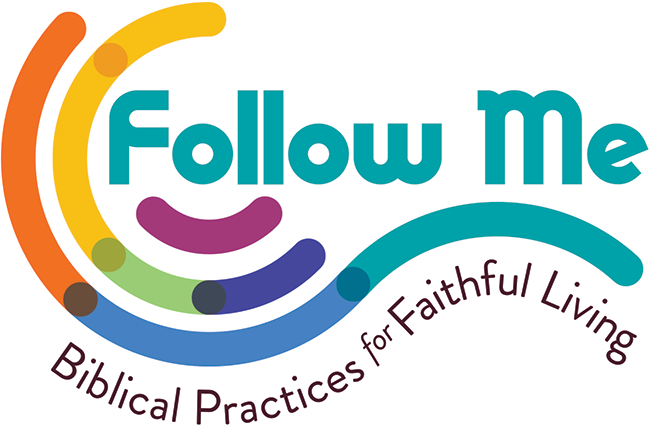Spiritual Practices
Summary of resources for Spiritual Practices
Rule of Faith chart for personal and household use for identifying and committing to spiritual practices that you currently do and want to try.
YouVersion Daily Bible reading and devotion app 'Make Space for What Matters: 5 Spiritual Habits for Lent'. Check it out Here, or however you download your apps.
Daily Bible reading plan ‘Every Day With Christ’ to read the whole Bible in a year. This is a BIG commitment, requiring much stamina. If you are starting the practice of daily Bible reading, there are better resources available – like the one above.
Living the Lectionary: A daily devotion on the lessons from the revised common lectionary. If you appreciate artwork as a way to help you draw closer to God, this daily blog is another suggested resource for daily spiritual practice. (NB: it runs one day behind)
G.K. Chesterton has written about the inconsistencies of materialism, everyday miracles, idealism and child-like openness to the possibility of a greater reality, in Chapter 4 ‘The Ethics of Elfland’ in his book ‘Orthodoxy’.
There are many other books in the St John’s Library that are available to borrow.
The Examen is sometimes referred to as ‘examination of consciousness’. I was popularised by Ignatius of Loyola, in the Sixteenth Century (1491 – 1556). This spiritual practice is a practical way of reviewing our experiences encouraging us to pay attention to the promptings of God that we may have missed, including the times we were less than Christ-like.
This grants us an opportunity to receive again the grace of Jesus. The Examen helps us become more aware of what is going on inside us – one day at a time.
Here’s an easy alliteration to remember the process of Examen 4 R’s
Replay - What happened today?
Rejoice - Where did I feel grace today? Where was God particularly present?
Return to God - Where did I feel emotional today? What truth might God be leading you to through your emotions?
Reboot –ask for God’s help. And continue to listen.
Here is a written guide to use:
And a different version of The Examen as an audio guide:
Breath Prayer is a way of praying (drawing nearer to God) linked to our rhythms of breathing. God is like oxygen for our soul. Breath prayer reminds us that each breath we are given is God’s gift and that God’s Spirit is nearer to us than our own breath.
1) Breathe in: identifying your desire, in as few words as possible.
2) Breathe out: using a biblical name/image of God.
To identify your desire, try answering this question from God: “What do you need today?”
Use a name/image of God you are comfortable with. Perhaps one you use regularly, or one that suits your prayer today.
Examples:
"Come - Holy Spirit"
“Peace – Jesus”
"Protect us - Good Shepherd"

